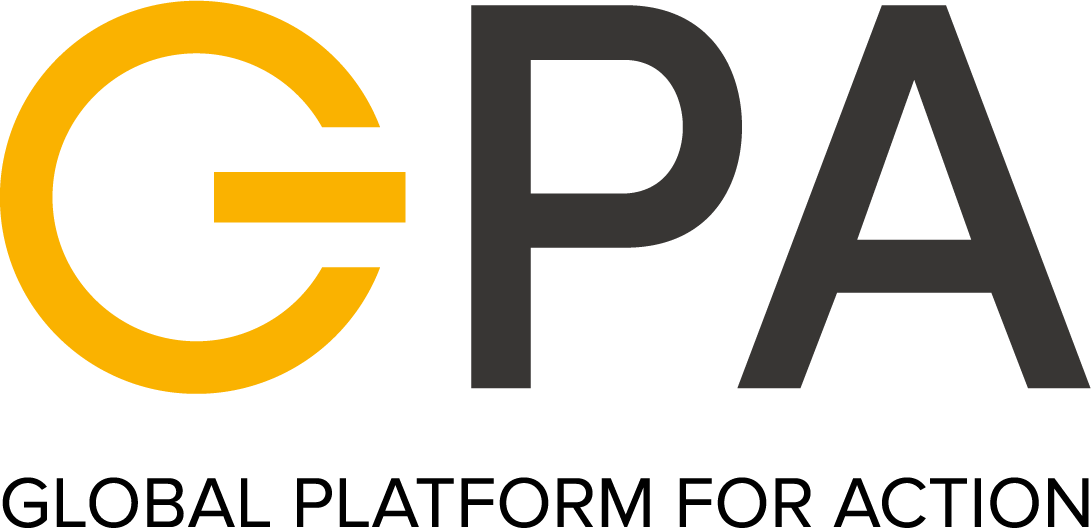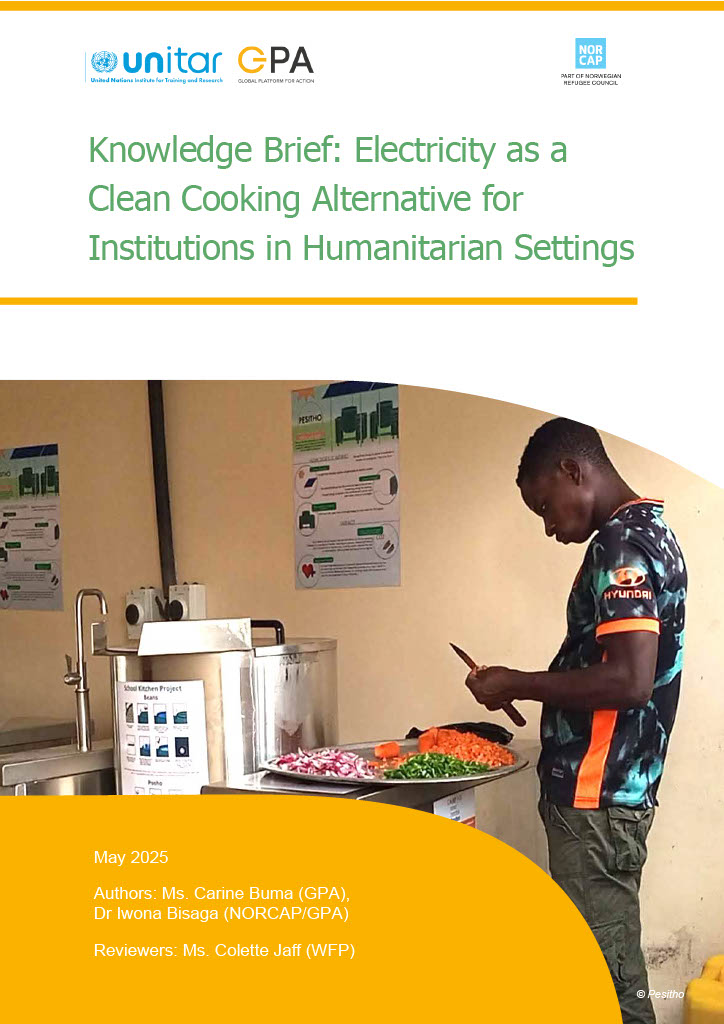In this section
In this sectionIn humanitarian and displacement settings around the world, firewood and charcoal remain the default fuels for cooking. These traditional methods are not only inefficient and harmful to the environment and health of the users, but they also place a significant burden on women and children, who are often responsible for fuel collection. While clean cooking for households has been receiving increasing attention, institutional cooking - meals prepared at scale in schools, health centers, and other communal facilities, has been largely overlooked.
This brief, Electricity as a Clean Cooking Alternative for Institutions in Humanitarian Settings, shifts the focus toward the potential of electric cooking (e-cooking) in institutional settings. Drawing from real-world case studies in Kenya, Uganda, Bangladesh, and Burkina Faso, the report explores how solar-powered e-cooking systems are already improving lives in displacement settings.
In Kakuma, Kenya, large solar PV-powered EPCs are being used in three primary schools, preparing daily lunch meals for over 4,000 pupils across the schools. In Kyangwali, Uganda, an 11 kWp solar-powered school kitchen with large induction pots provides lunch to 135 pupils, replacing annual reliance on firewood from nine truckloads to just two.
Likewise, at a 13-bed in-patient health clinic in Cox’s Bazar, Bangladesh, a 3.3 kWp solar PV system with induction hubs enables the preparation of three meals per day for patients, reducing LPG usage by over 80%. Meanwhile, in Burkina Faso, ten schools now rely on solar PV powered EPCs, for providing lunch to its pupils.
These initiatives demonstrate that institutional e-cooking is not only feasible - it’s already happening, and the benefits are significant: reduced fuel costs, lower emissions, and safer, healthier, and more convenient cooking environments.
Despite the promise, the major challenge associated with the transition to institutional e-cooking is the high upfront investment costs, and the sufficiency and reliability of electricity access, as well as the mismatch in pot sizes to meet the cooking needs.
Ultimately, the brief urges stakeholders to reimagine what’s possible when electricity is treated not just as a lighting solution, but as a pathway to clean cooking at scale. Institutional e-cooking is a practical entry point to make displacement settings more sustainable, healthier, and more dignified places to live and work.
The full knowledge brief is available here.
Last updated: 16/06/2025

